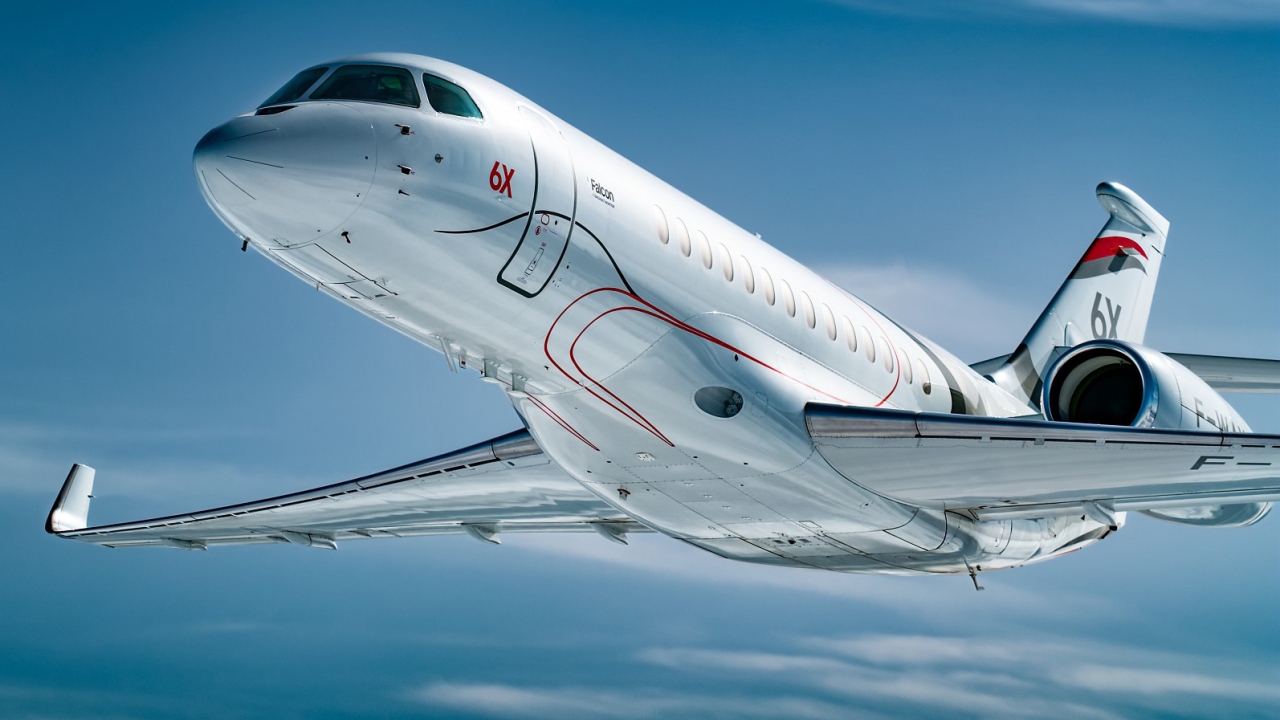African airlines saw January traffic rise 4.9%

This was the slowest year-over-year increase in nearly four years, but results were affected by temporary factors including the later timing of the Lunar New Year in 2018 as well as less favorable comparisons with the strong upward trend in traffic seen in late 2016-early 2017.
IATA estimates the impact of the later Lunar New Year-related travel period holiday represented around two-fifths of the slowdown in year-over-year growth for the month. January capacity (available seat kilometers or ASKs) rose 5.3%, and load factor slipped half a percentage point to 79.6%.
"Despite the slower start, economic momentum is supporting rising passenger demand in 2018. That said, concerns over a possible trade war involving the US could have a serious dampening effect on global market confidence, spilling over into demand for air travel," said Alexandre de Juniac, IATA’s Director General and CEO.
African airlines saw January traffic rise 4.9% against a mixed backdrop for the region’s largest economies. In Nigeria, business confidence has risen sharply while in South Africa, political uncertainly continues to inflict an economic toll. The region’s capacity rose 4.2%, and load factor edged up 0.5 percentage point to 70.3%.
International Passenger Markets
International passenger demand growth slowed to 4.4% in January, from 6.1% in December, with all regions recording growth, led by Latin America and Europe. Capacity rose 5.3% and load factor dipped 0.7 percentage point to 79.6%.
Asia-Pacific carriers recorded a demand increase of 4.6% compared to January 2017, which was a 46-month low. This largely was owing to the impact of the later Lunar New Year, which fell in mid-February this year. Capacity rose 6.1%, and load factor dropped 1.2 percentage points to 80.4%.
European carriers’ international traffic climbed 6.0% in January compared to the year-ago period, up from 5.8% growth in December 2017. The region was the only one to see an acceleration in traffic compared to the prior month. This is being supported by the buoyant economic conditions in the region. Capacity rose 5.0% and load factor was up 0.7 percentage point to 80.8%.
North American airlines experienced a 3.5% rise in traffic over a year ago, but capacity rose 4.3% and load factor dipped 0.7 percentage point compared to a year ago to 79.6%. The relatively healthy economic backdrop in the region is helping support outbound demand but this is being partly offset by a negative impact on inbound traffic to the US.
Latin American airlines’ traffic climbed 7.3% in January compared to January 2017, strongest among the regions. Capacity rose 8.2%, however, and load factor slipped 0.7 percentage point to 82.6%, which still was the highest among the regions. Stronger economic conditions in Europe are helping support rising demand on the market between Europe and South America in particular.
Stay up to date
Subscribe to the free Times Aerospace newsletter and receive the latest content every week. We'll never share your email address.

